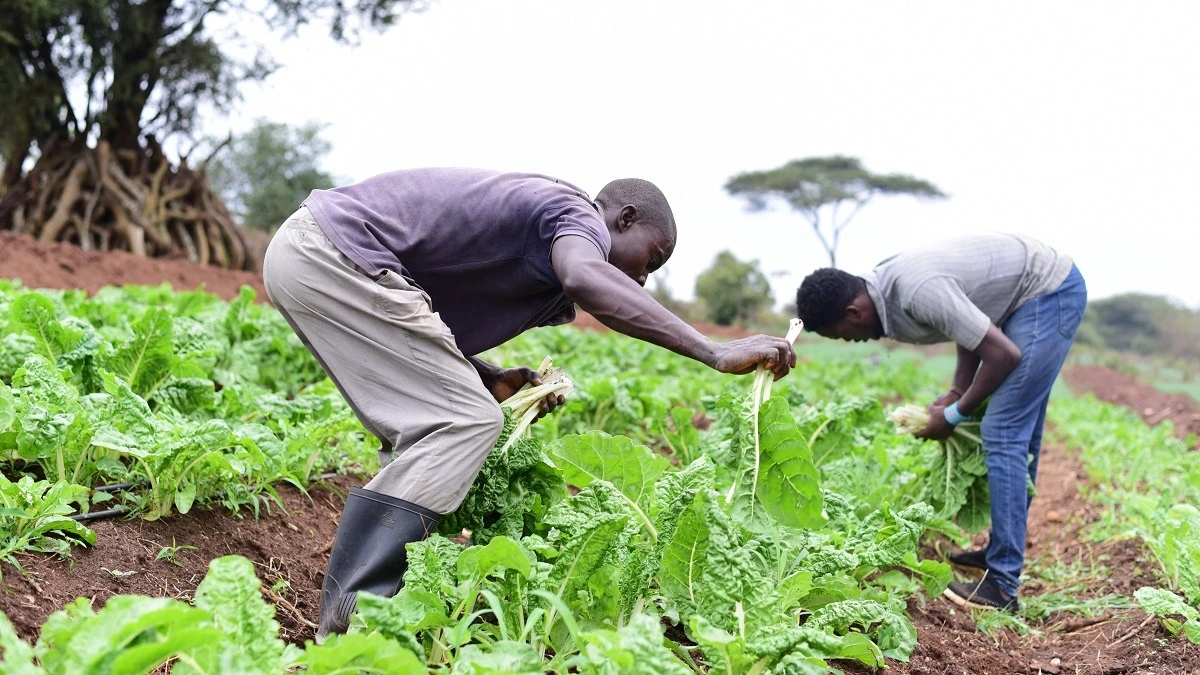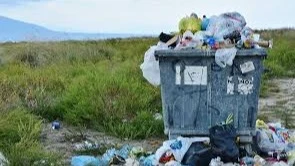Environs best protected when farming isn’t too rudimentary

EACH call by leading public officials for inculcating a culture of conserving the environment to address the impacts of climate change is never an addition appeal too many. There is a variation of results to be expected from community or local government involvement in conserving environments, with higher results to be expected from those with higher rainfall and more natural vegetation, quite often in highland areas. It is the same for instance with football grounds, that dry areas call for artificial turf, quite often.
There was a time the small river Themi cutting through the budding city of Arusha had largely dried up, and during the early 1990s when environmental campaigns were the order of the day, measures were taken to restrict farming to within at least ten meters of the river and its tributaries from the outward reaches of Mount Meru, to the west. In under ten years the river had bounced back and the vegetation was so thick that residents started to avoid cross unaccompanied, as even wetland species like pythons emerged too.
So the message that was delivered in Njombe by the Natural Resources portfolio holder in the cabinet is likely to be usable in the southern highlands, where conservation is nearly a matter of effective local government supervision of bylaws. Many other areas will find it difficult to register substantial results as more effort is needed to supply water to seedlings, not just leave a patch fallow until the rains come and strewn seeds bring up shoots on their own. Restoring vegetation in areas that are already dry calls for actually adding water to seeds in the ground, the good thing being that often it isn’t plenty of it.
In other words it is not enough to appeal to regions and districts to prioritise the vital need for environmental protection as the same amount or effort means one thing in one region or locality, and another implication in a different locality or region. There are many areas where rejuvenating the vegetation is merely a matter of letting the land adjacent to river banks fallow to a year or two, but in many other areas there needs to be a minimum of resource input. What prevents this from happening is relying on district authorities to do it, and worse, when the same authorities leave it to households to decide what to do.
Experience shows that it is easier for district or village leaders to actually initiate this or that conservation drive when it doesn’t affect the production potential for this or that village, or in keeping with routine wants of villagers. When faming is rudimentary it too often relies on expanding a farm to get a bigger yield, even if the village borders a forest patch which needs to be conserved. While at the moment many rural areas are listing for obtaining carbon trading credits, it is vital to use such funds, or work with NGOs, to change the farm tools and expectations of farmers, to optimize results on the land used. At that moment conservation will be more feasible as local by-law, not by carbon credits.
Top Headlines
© 2025 IPPMEDIA.COM. ALL RIGHTS RESERVED

















